Welcome To Our Irrigation Library!
Pumps
In the dynamic realm of irrigation systems, pumps stand as the pulsating heart, driving the lifeblood of water through the intricate network. Submersible and standing pumps are the unsung heroes, each playing a crucial role in ensuring a flourishing garden.
Submersible Pumps
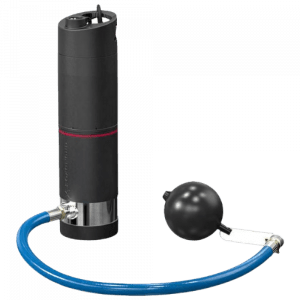
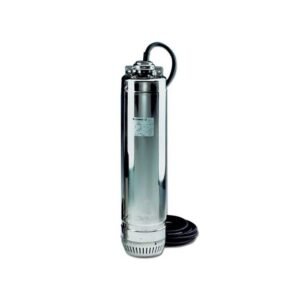
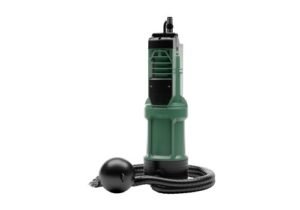
Submersible pumps, as the name suggests, reside beneath the water’s surface. Positioned within the water source, they efficiently draw water and push it through the system. The submerged placement eliminates priming concerns and enhances pump efficiency.
Transitioning seamlessly between different depths, submersible pumps offer versatility, catering to various water sources such as wells, boreholes, or ponds. Their compact design minimizes noise and visual disruption, creating a discreet yet powerful force beneath the surface.
Standing Pumps
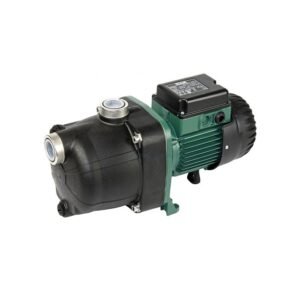
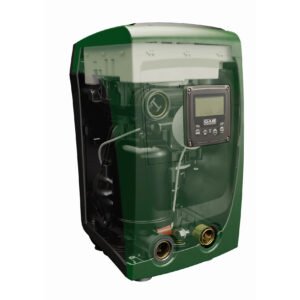
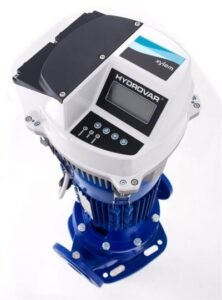
On the flip side, standing pumps, or non-submersible pumps, operate outside the water source. These pumps pull water into the system, making them suitable for sources like rivers, lakes, above-ground reservoirs, or even directly from tanks. Their location demands proper priming to initiate the suction process.
Transitioning between submersible and standing pumps depends on the water source and the specific requirements of the irrigation system. Submersible pumps excel in situations where immersion is practical and noise is a concern. Conversely, standing pumps shine when a water source is above ground, offering accessibility for maintenance and repair.
Choosing the Right Pump
Selecting the ideal pump for an irrigation system hinges on factors like water source, required pressure, and system size. Submersible pumps boast efficiency and silence, ideal for discreet underwater operations. Standing pumps, with their accessibility and adaptability, suit scenarios where an above-ground water source prevails.
In essence, whether submerged or standing tall, these pumps embody the beating heart of an irrigation system, orchestrating the rhythmic flow that nourishes the garden. Their strategic deployment ensures that the life force of water reaches every corner, fostering a landscape where vitality and efficiency coalesce.
Pump start equipments
A relay-driven equipment starts only when the irrigation program starts. This way there is no pressurised water in the main pipeline, up to the solenoids until the activation. From point of view of the pump, this is a relaxed way of work.
The other group is for pressurised (auto-start) units. They have an in-built pressure switch which always keeps the unit in standby. When the pressure drops (by 0.5 bar most of the time) in the connected outlet, the pump starts immediately. Benefit of pressurised pumps is their low cost because they do not require a special starter equipment. On the other hand, the lifecycle of them may be shorter due to the constant standby.
Equipped with pressurised pumps, the irrigation system has rapid response for any program order. Using this property, it’s possible to add fox-repellent function to the irrigation system by using motion detectors. When the animal is crossing the sensing area, the system starts the appropriate zone and sprays the area.
Complementing Equipments
Learn about different equipments that may be connected on the pump outlet:
maintenance
There are some regular maintenance must be carried out on pumps.
Because the pump is supplied with constant power, all pipes up to the water distribution unit must be considered as live. In case of any problem with working of the unit, we advise to call an irrigation engineer.
Pumps need skilled technicians to carry out any other service.
Autumn closing
At winter shut down, submersible units can be either neutralised by switching off the power supply or a winter cycle can be set if the appropriate equipment is installed. A winter cycle can prevent the impellers being stuck during a long rest, as it’s forced to run frequently (once a day for a short time). It can also be useful, when the overground tank is exposed to hard frosts.
Surface pumps must be neutralised and the water has to be drained from the impeller housing via the drainage screw. It’s a must-to-do preocess, unless the unit is located in a frost-free area.
Spring recommission
At spring opening, the impeller housing of surface pumps (even self-priming ones) must be filled up with water prior to firing up. Otherwise the impellers run dry and the unit can burn.
Also dry-running protection float switch has to be checked prior to the season and make sure it’s able to move up and down freely.
When a pump has a longer rest, like winter time, it can get stuck. The impellers inside develop some chips or rust, which can stop them spinning. These particles are quite small most of the time and easily can exit when the unit starts over. But if it doesn’t happen, grab the outlet pipe of the unit and gently but firmly shake it whilst the pump is forced to run by supplying power to it (see details below) to remove the chip from the worst place.
Testing process
Relay-driven pumps are started by the irrigation controller via a relay. It means, the pump is not supplied with power, except when a zone should run. It also means, when the irrigation program doesn’t run, there is no pressurised water in water distribution of the system after the pump.
Because a relay supplies the power to the pump, the easiest way of testing of the unit is switch on a zone of the system. If the zone runs well, it means the unit is in good working order. If the zone doesn’t start or runs on low pressure, it can be caused by a leak or other issues not the unit only. Call an irrigation engineer for investigating the issue.
Whilst the pressurised pumps are always on standby, and any circumstance is causing pressure drop in its outlet, the unit starts and try to recover the pre-set pressure. It also means, even the irrigation program is off, a section of pipework is under a constant water pressure. If there is a leak in this section, even the smallest, it is able to flow and causes flood. What’s more, as a result, the pump starts frequently, which can reduce its lifecycle dramatically.
